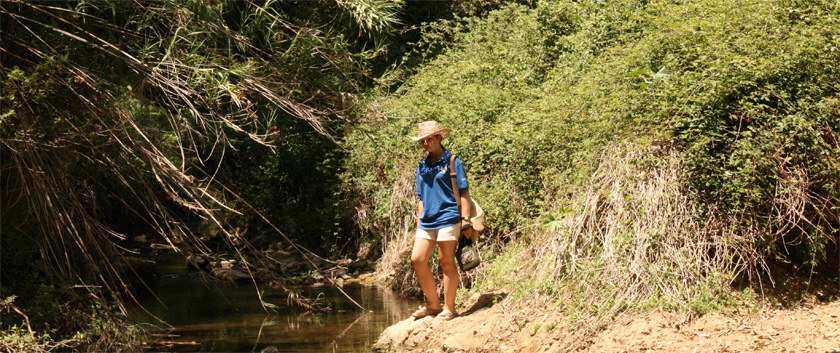GONHS Response To Consultation Paper On Fishing
Our sister charity, the Gibraltar Ornithological and Natural History Society (GONHS), has welcomed Government's plan to regulate activities in the marine environment but criticises that the respective consultation paper misses the point and "lacks the necessary depth of knowledge of natural systems, nature conservation principles and relevant legal instruments".
GONHS highlights that the law enforcement of existing Nature Protection Act of 1991 and the Marine Nature Reserve Regulations of 1995 would have solved many of the problems tackled in the consultation paper.
'New Act Needs To Regulate Commercial Activities'
At the same time the new Act does not aim to regulate activities on a comercial level. The charity warns that: "Unless commercial type fishing such as netting, raking, trawling, and long lining are stopped, and unless large scale operations such as bunkering, laying of underwater cables, etc., are managed with the environment in mind, any attempts to regulate fishing and diving will be of limited real significance."
'No Governmental Inter-Departmental Co-Ordination'
"It is a concern also that the Paper appears to have been prepared in isolation from other Government initiatives, with little evidence of inter-Departmental co-ordination. For example, there exist other proposals for development, including luxury developments, within the proposed protected area, as well as along other parts of our coastline", GONHS says, stressing that "these have to be taken into account when developing overall policies for marine conservation and recreational or commercial use, and also have to conform to the provisions of the Development Plan," says GONHS.
'International Requirements Not Met'
Our sister charity points out that among the "main issues affecting the sea around Gibraltar at this moment is the implementation of the requirements of the EU Habitats Directive ... there are current obligations in relation to the Southern Waters of Gibraltar Site of Community Importance. These include the requirement to have an effective management plan by 2014, followed by designation as a Special Area of Conservation. The management plan is to be primarily designed to ensure the protection of natural habitats."
The society clarifies that "the Ministry for the Environment is currently, in consultation with stakeholders, embarked in preparing such a plan. Any changes in the way fishing and diving are regulated will need to be in conformity with the management plan. There is no reference to this at all in the Consultation Paper."
beautiful life under water
'Sports Authority Not Competent On Marine Issues'
GONHS is concerned that the Sports & Leisure Authority – which has developed the consultation paper alongside Government - is not "competent to be the authority in relation to the protection of nature and the environment, which is a highly complex and specialised field". The underlying problem, it says, is the view on the marine environment.
'Marine Environment Is Treasure In Its Own Right'
GONHS criticises that in the paper the marine environment is viewed from a recreational angle, but not as a treasure in its own right with international importance: "Gibraltar's marine natural assets are significant. They have an intrinsic value, and should continue to exist in their own right, and not merely as a source of recreation or as a resource for exploitation. Furthermore, there are significant elements of our marine life which are of international importance and for which we have a responsibility, including a legal responsibility."
 The daily routine according to Tessa was always full of surprises: "Most mornings were taken up with work with the monkeys, preparing their food distributing it. Looking out for new borns, photographing them for the annual journal, keeping a head count and checking their general health."
The daily routine according to Tessa was always full of surprises: "Most mornings were taken up with work with the monkeys, preparing their food distributing it. Looking out for new borns, photographing them for the annual journal, keeping a head count and checking their general health." For Christmas Tessa will stay with family over here, describing Gibraltar in three words as "well kept secret."
For Christmas Tessa will stay with family over here, describing Gibraltar in three words as "well kept secret."